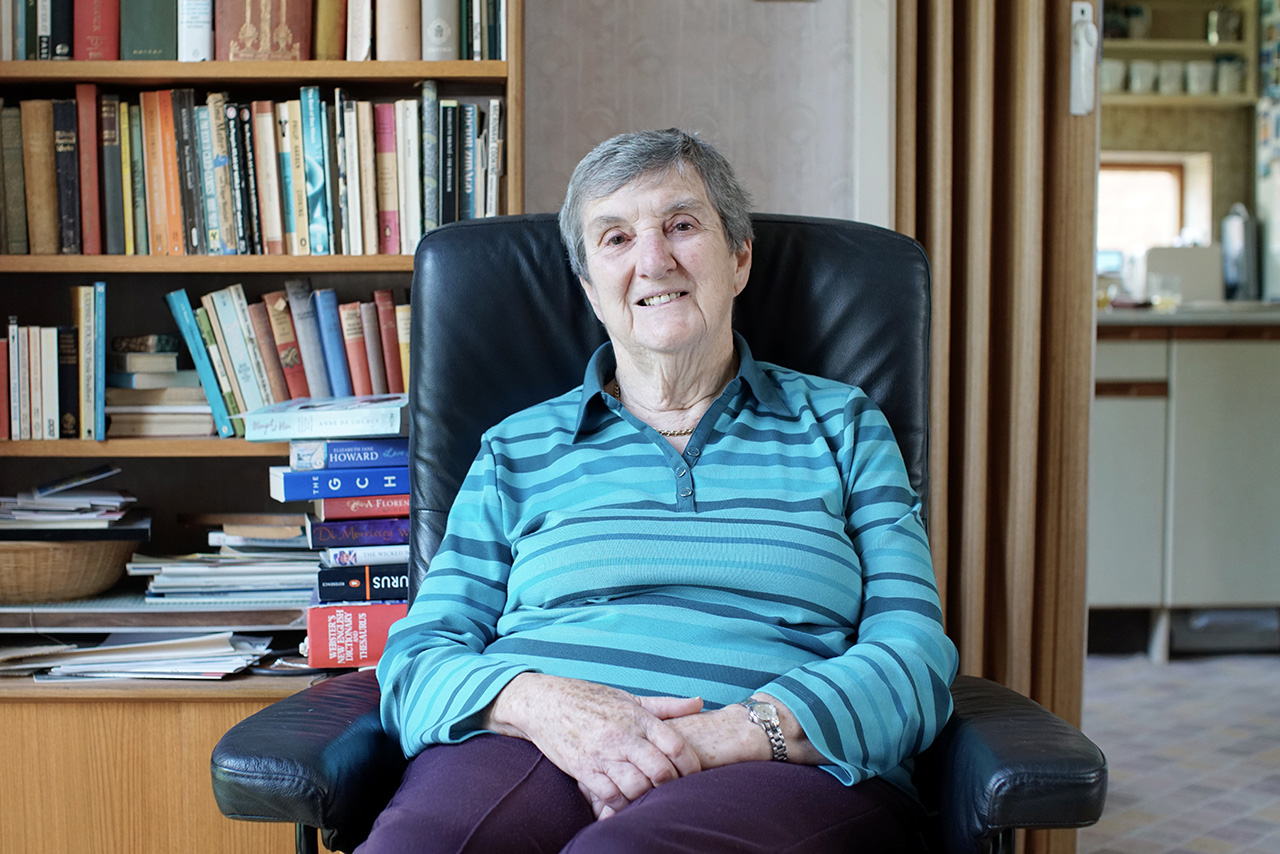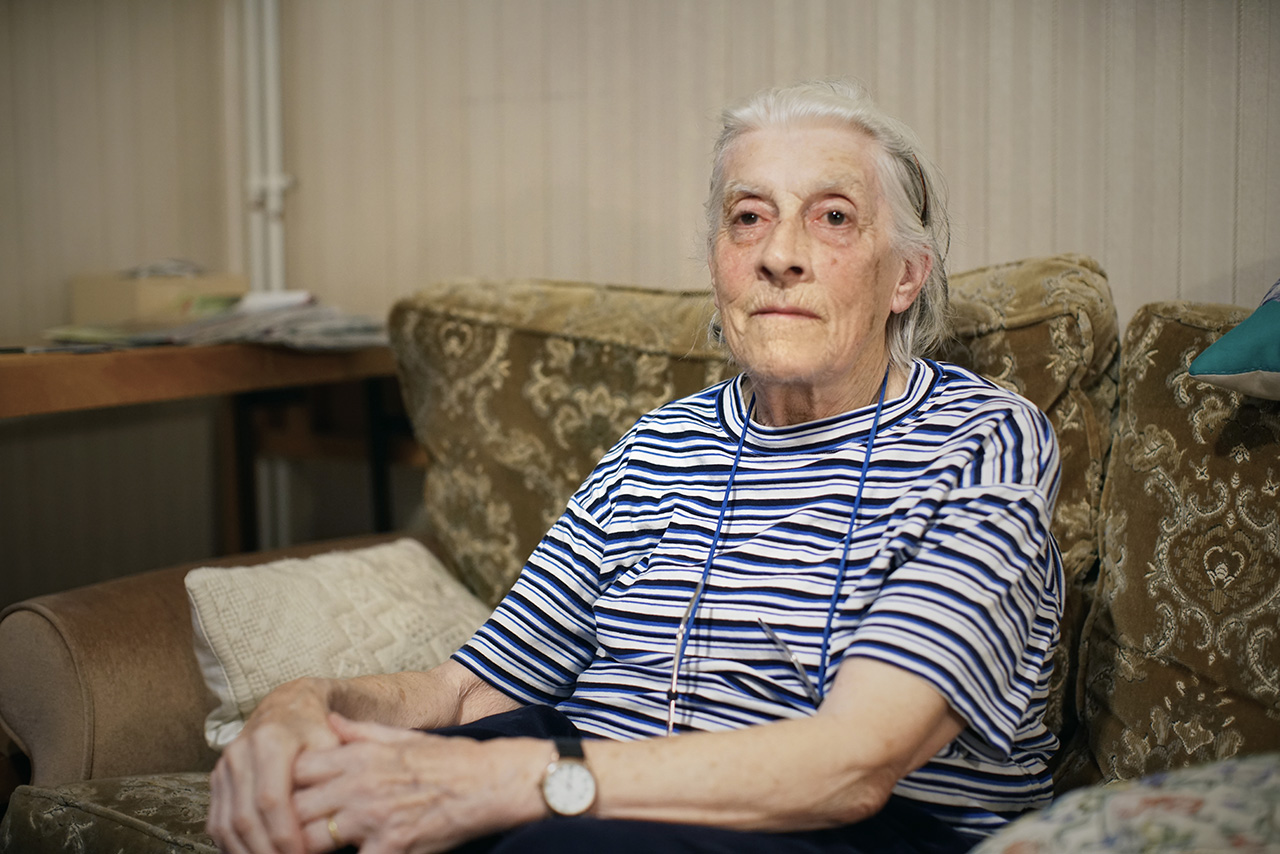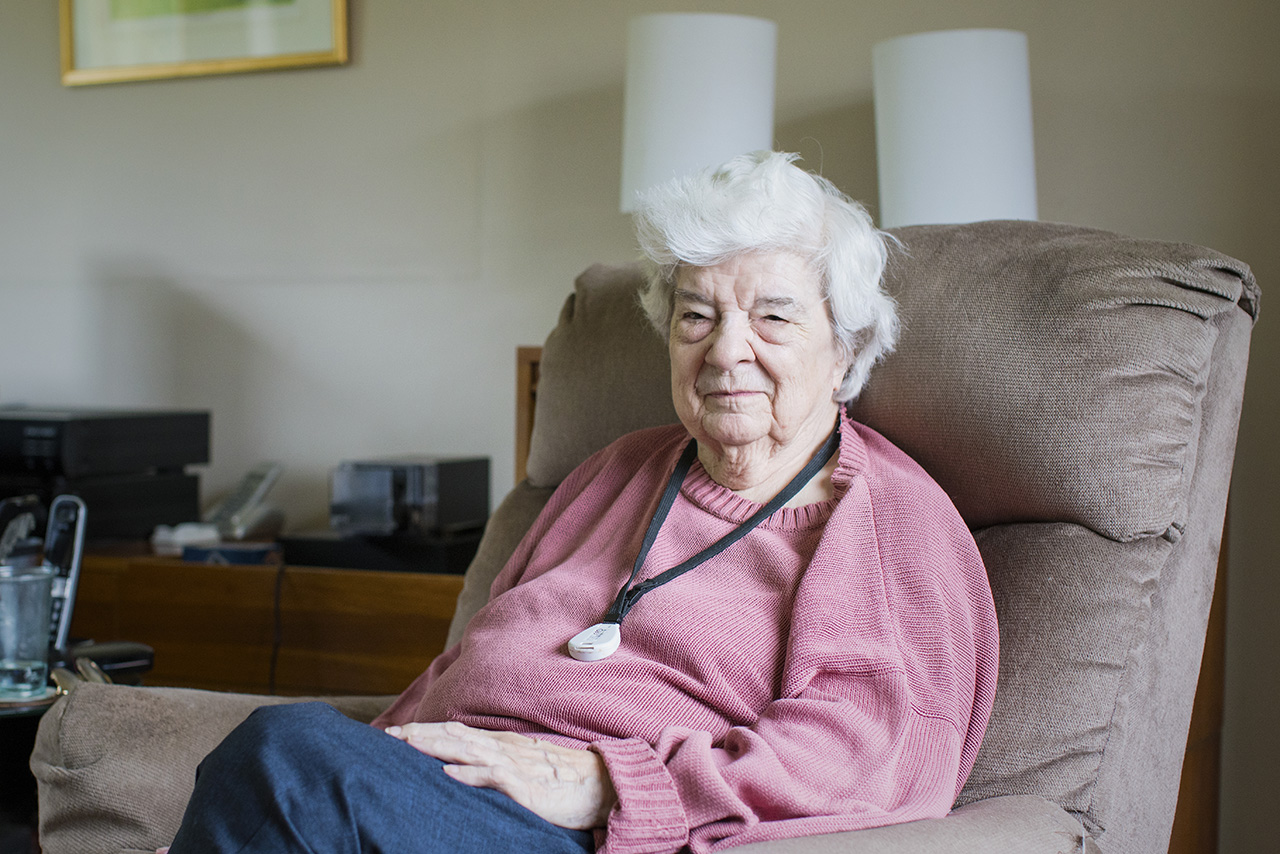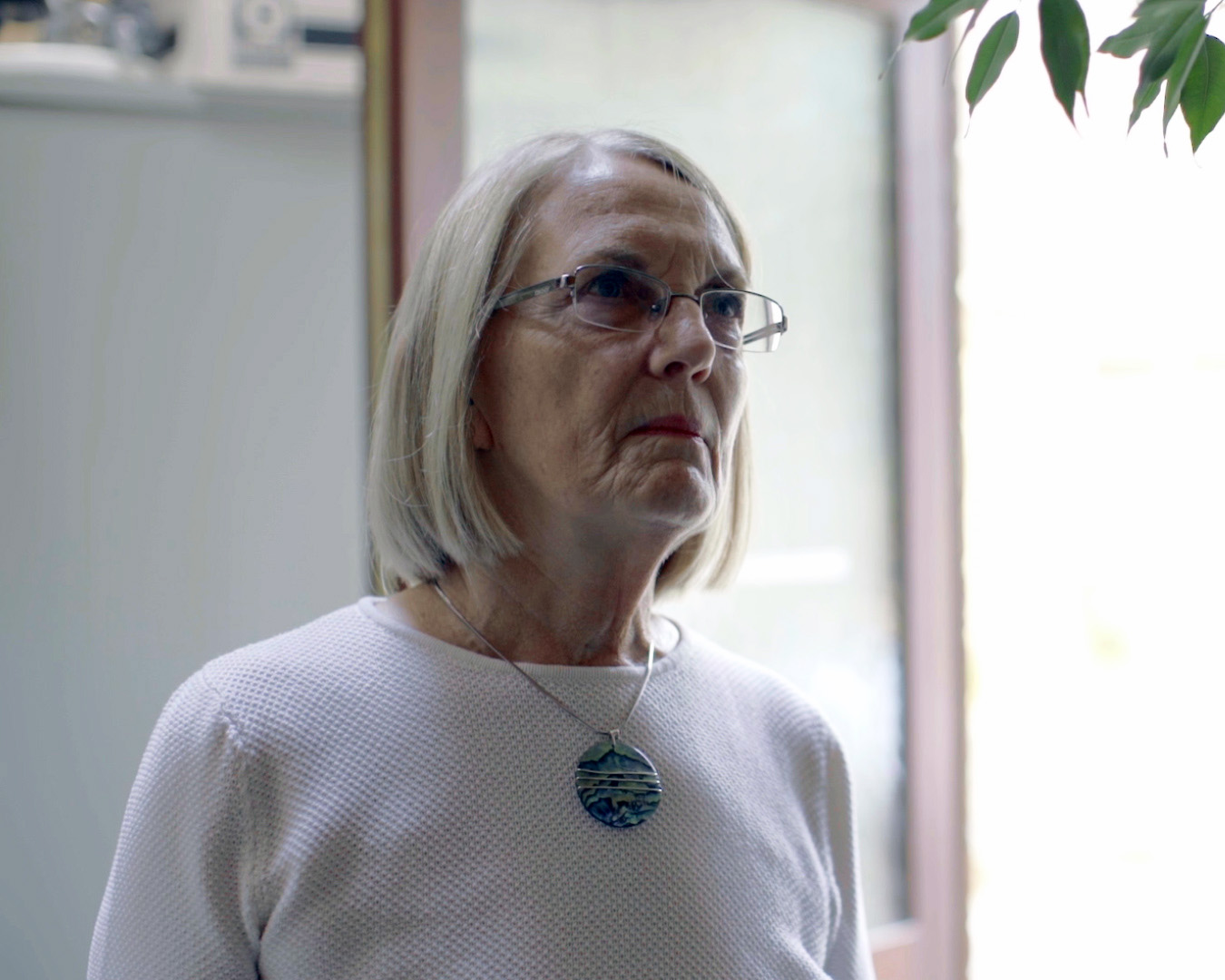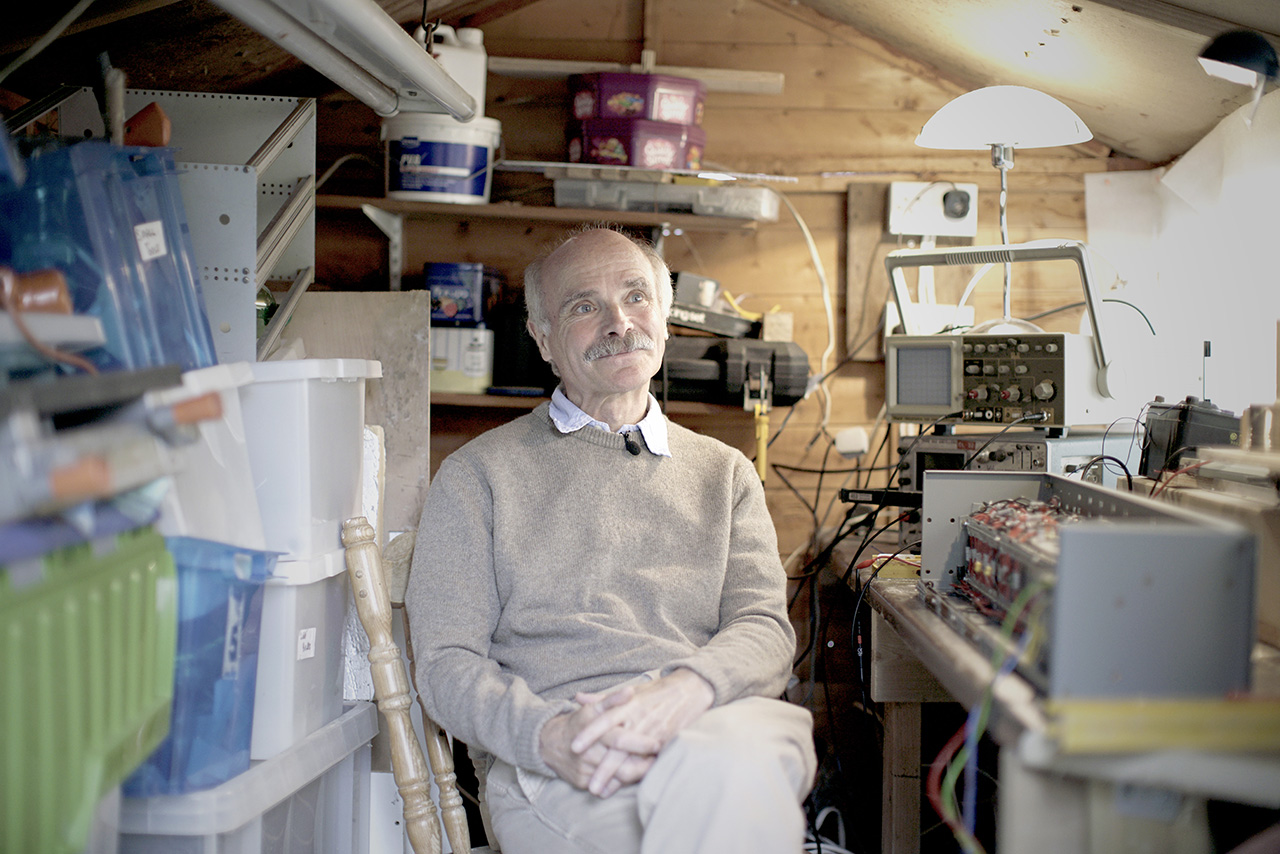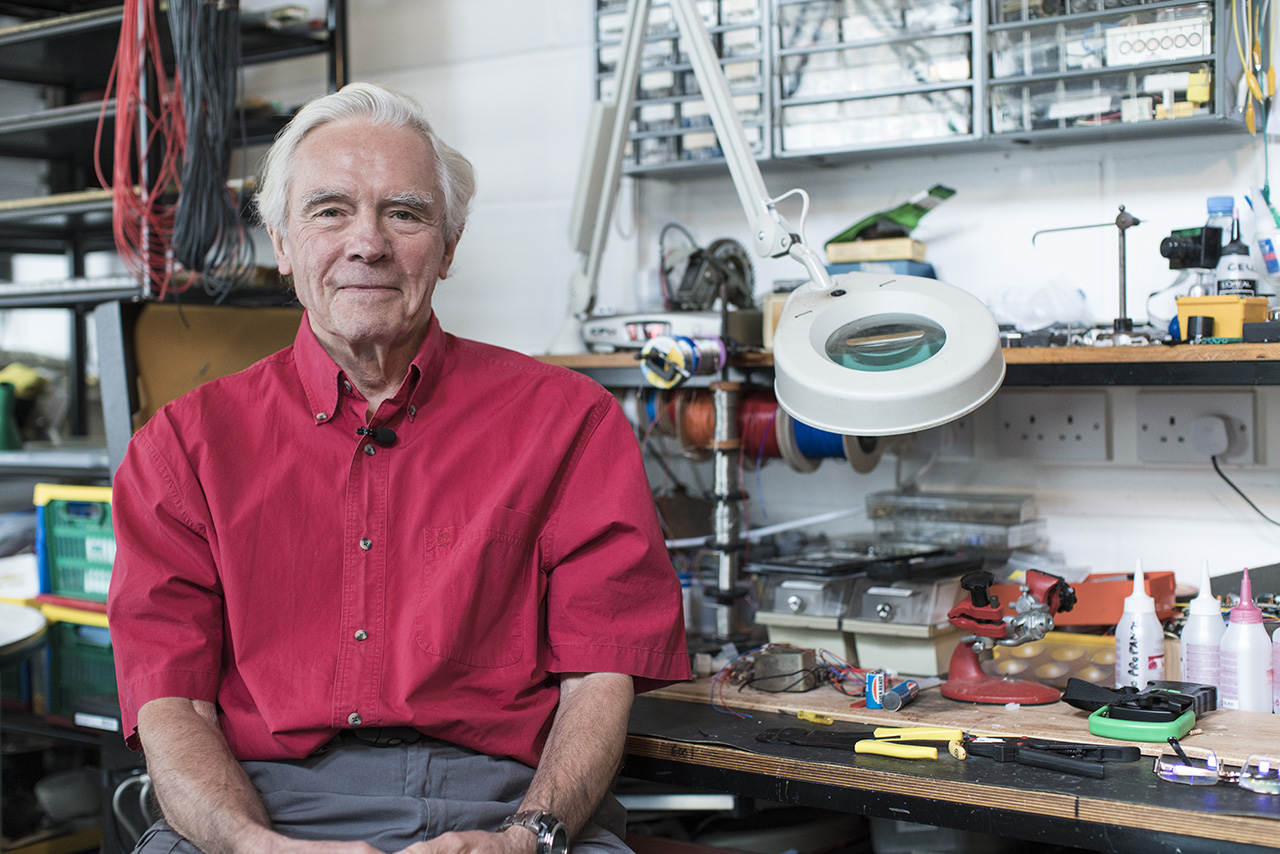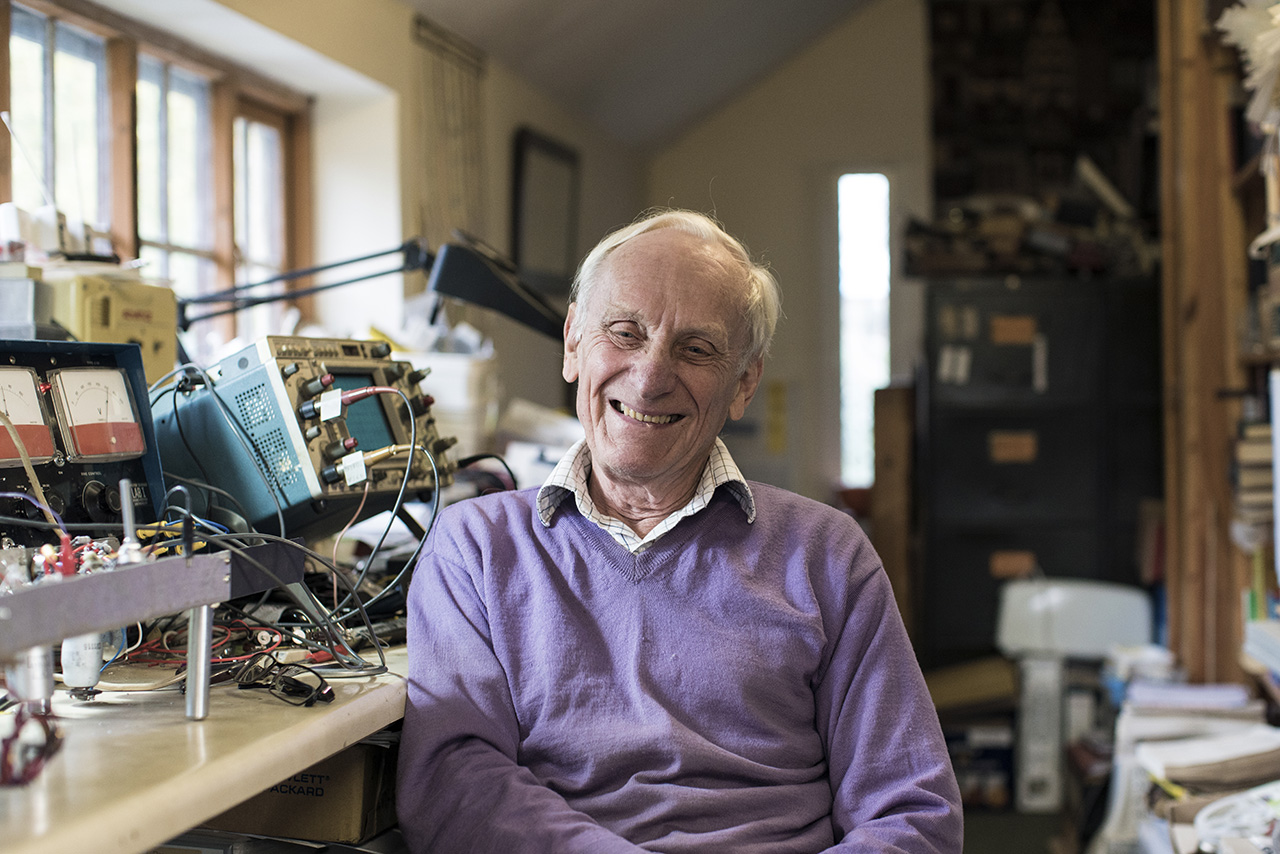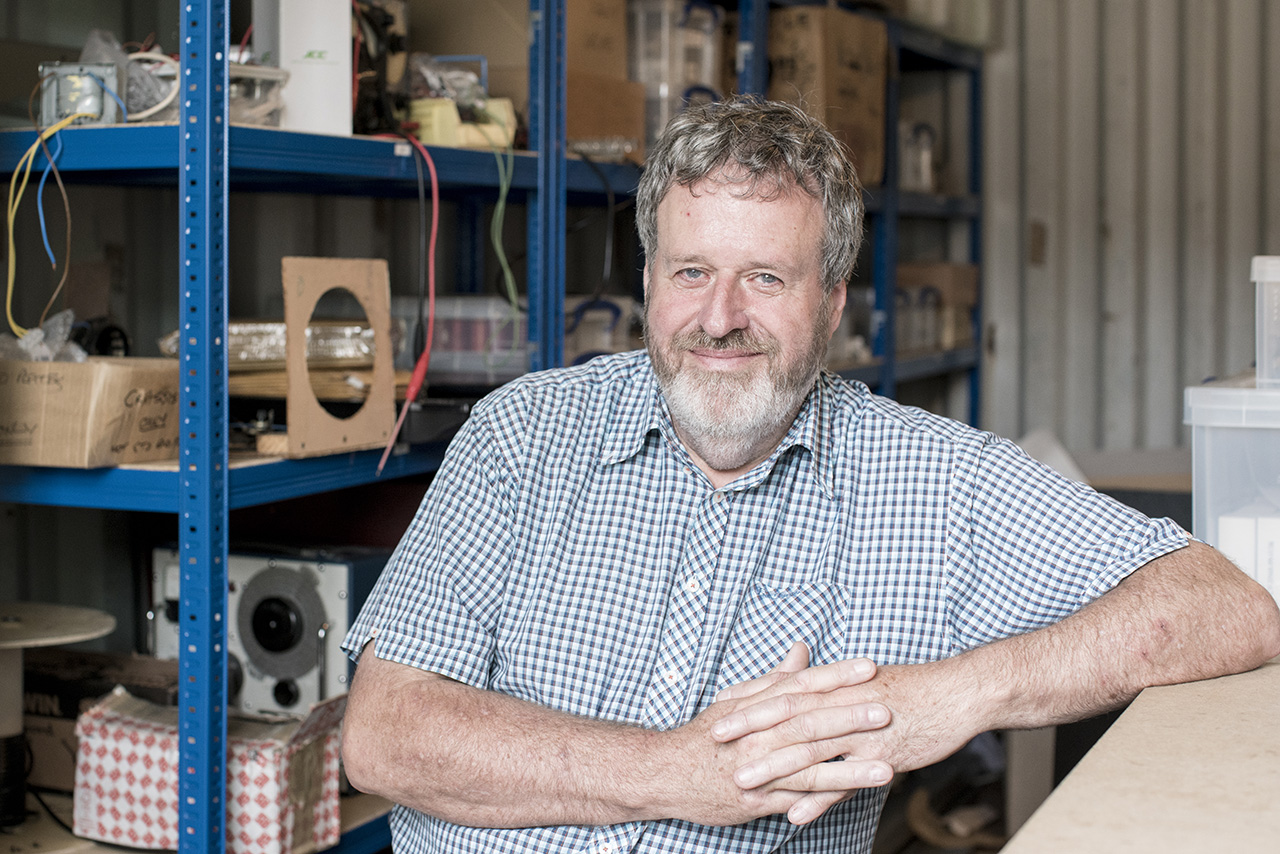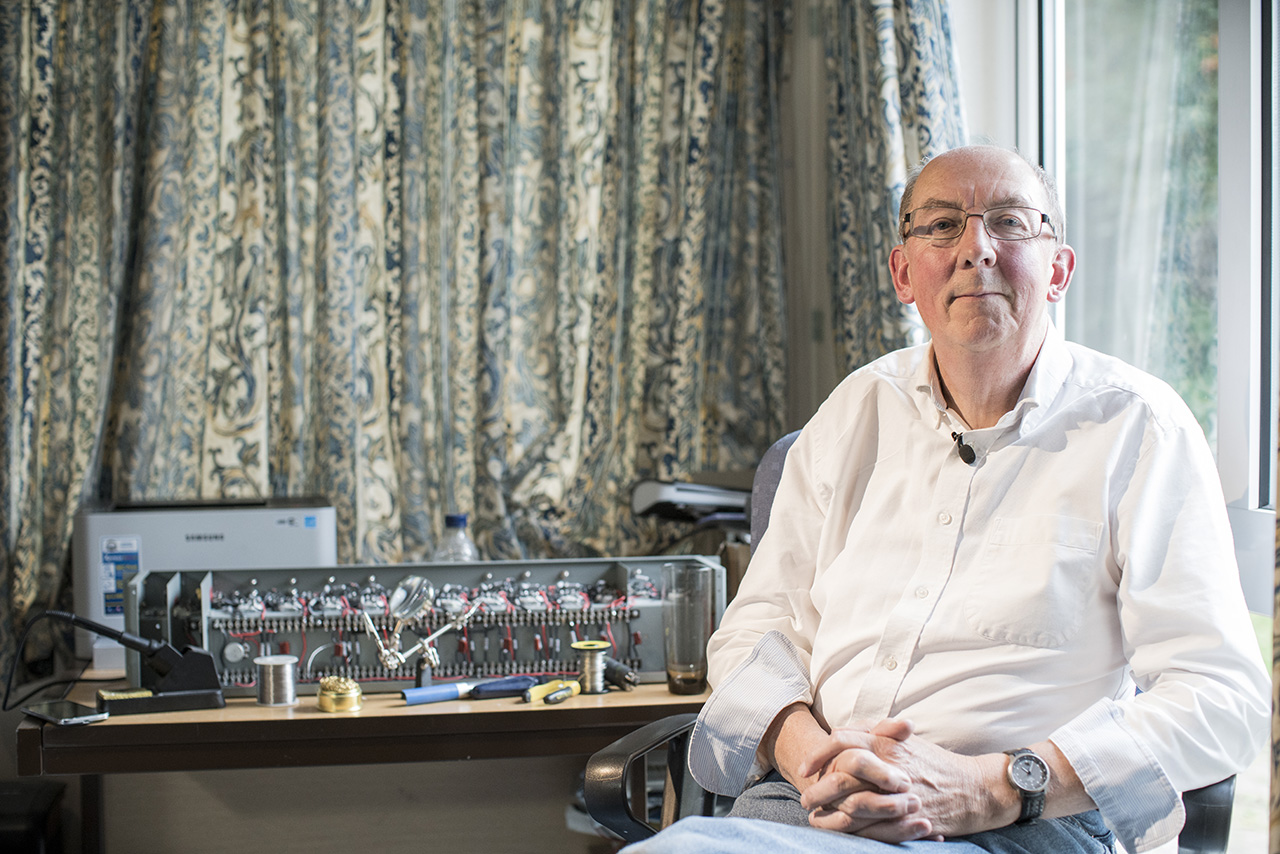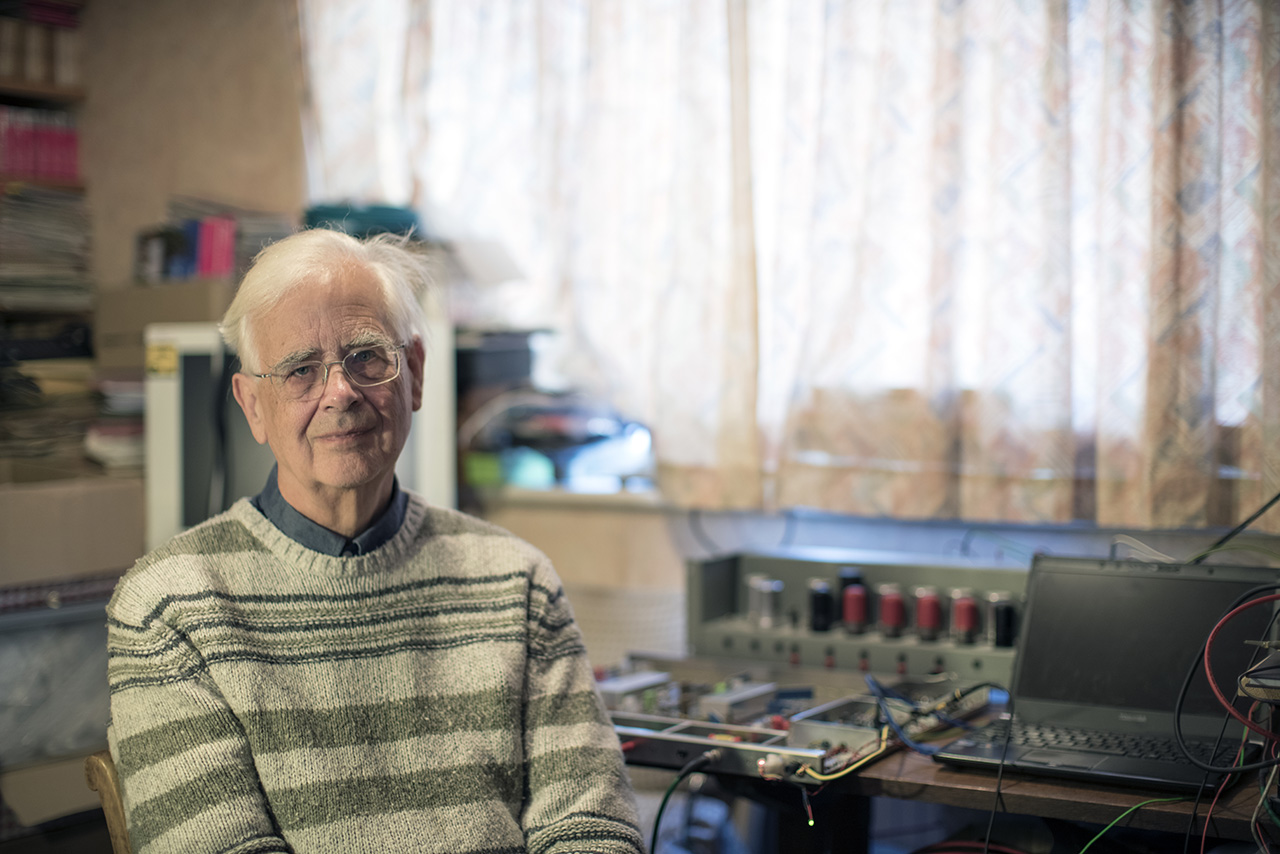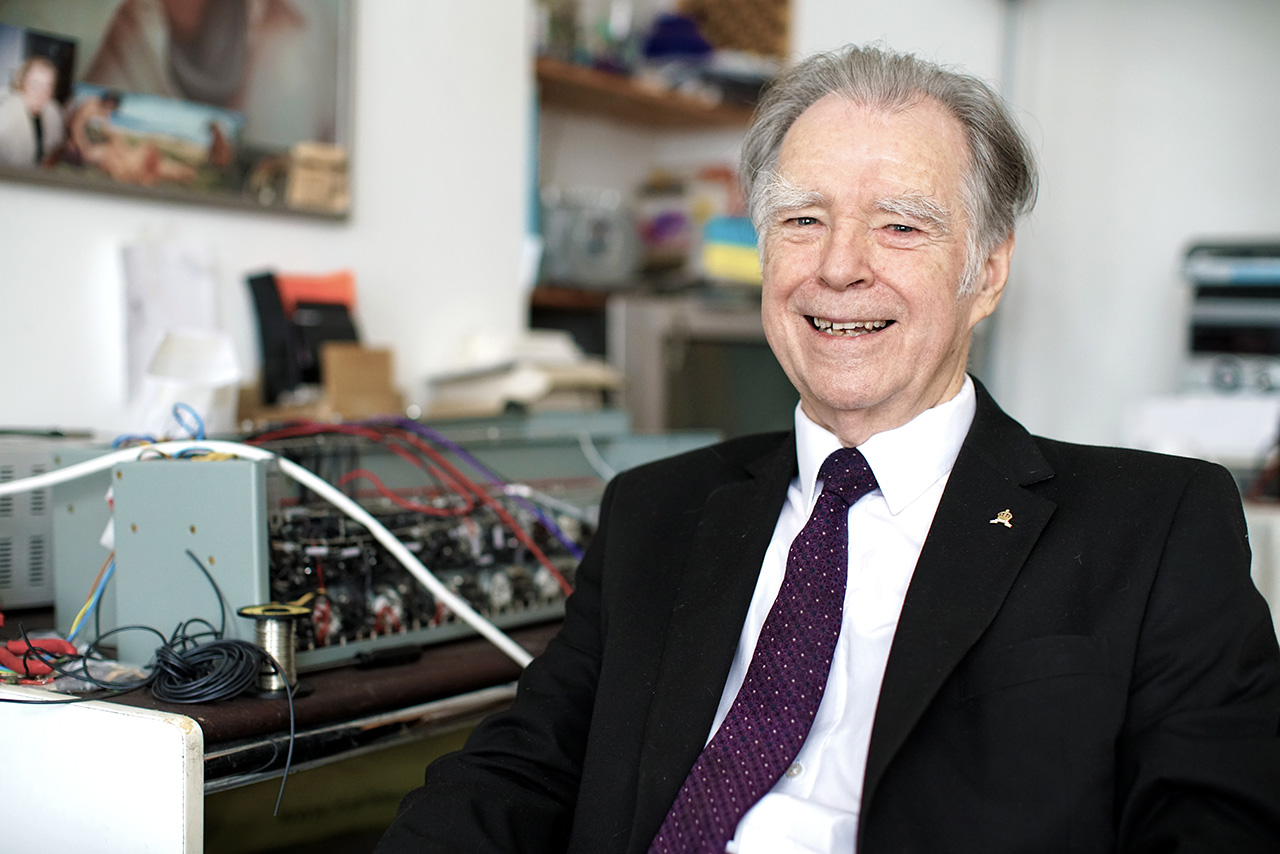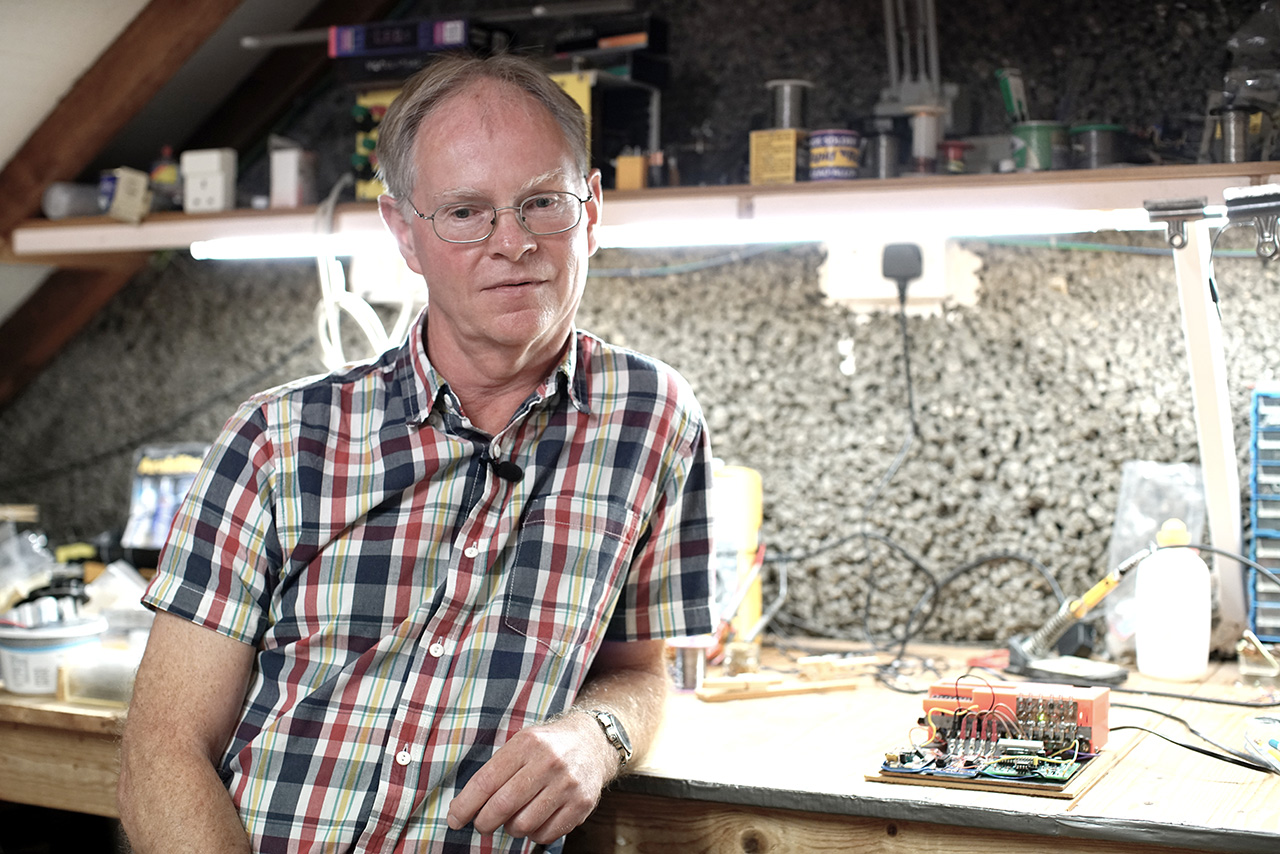Specification
Multimedia installation Edition
- 1x 34U 19″ powder coated rack cabinet on castors
- 8x 4″ CRT monitors
- 5x Raspberry Pi model B+
- 5x loudspeakers
- 8x channel power amplifier
- 4x 2m nickel wires (0.42mm)
- neodymium magnets
- 1x powder-coated frame
- 1x A/D| D/A converter and audio interface
- assorted copper wiring in insulated sheath

Multichannel film Edition
4x channel sound with 4x HD video (27min 02sec)
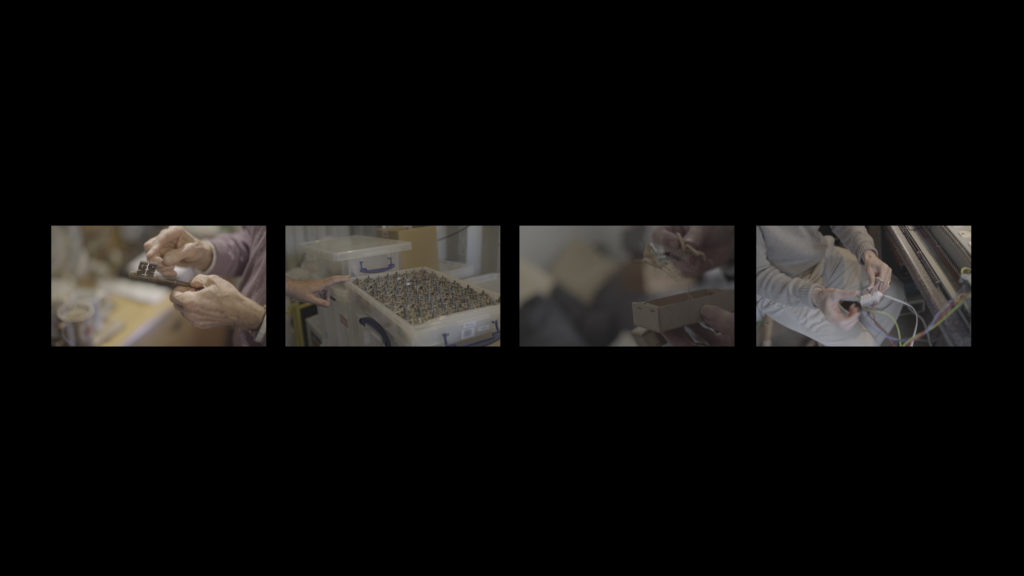
Memory Line
On 6 May 1949 a team of engineers led by Sir Maurice Wilkes in the University of Cambridge Mathematical Laboratory ran the first programme on a new digital computer called the Electronic delay storage automatic calculator (EDSAC).
EDSAC is one of the first digital computers ever built with a programmable memory that allowed it to store data. Using tubes of mercury, the computer stored bits of data by sending ultrasonic pulses through the tubes and creating a memory feedback loop. The computer’s memories were literally soundwaves.
A team of retired computer engineers are currently building a replica of EDSAC (which was decommissioned 60 years ago in 1958) at The National Museum of Computing in Bletchley Park. The project has seen spare rooms, garden sheds, attics and kitchen tables converted into project and prototype laboratories across the region as the team build a machine which is an entire room in size, in their homes.
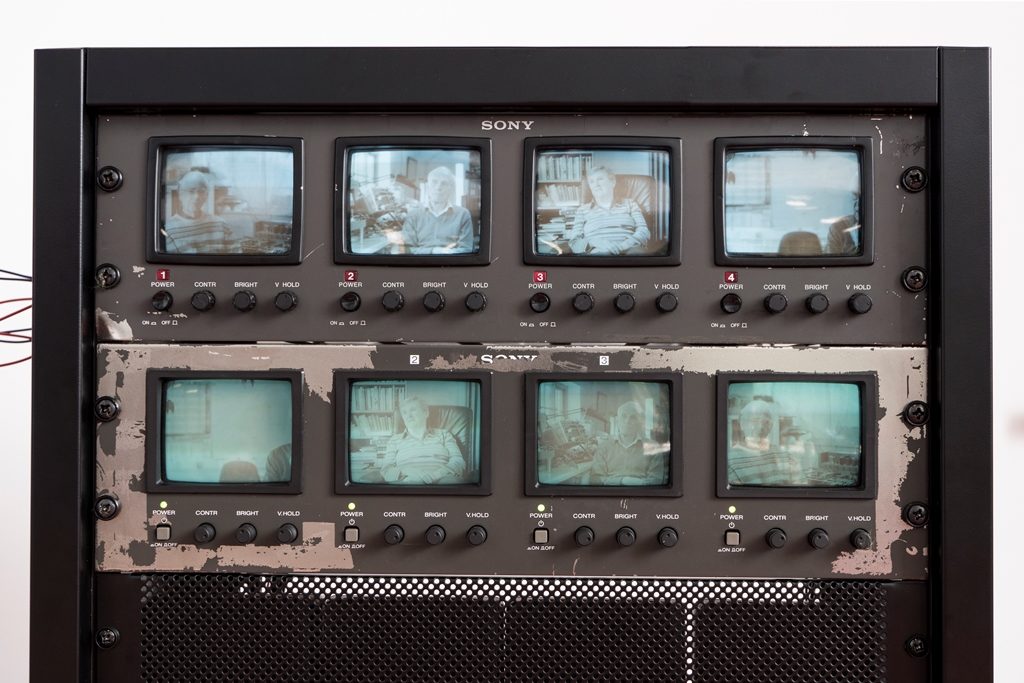
Memory Line is a multimedia artwork that reflects on the early days of computing and listens to computing veterans who remember their experiences of the memory machine, EDSAC. The work comprises interviews with three women who are veterans of EDSAC as they remember their time working with the machine and also includes interviews with a group of volunteers who are currently building a replica of EDSAC at The National Museum of Computing in Bletchley Park. They discuss the important role of women in early computing, and what makes them tick as pioneering computer programmers.
Whilst on the replica model, the volunteers are not able to work with the original memory storage system which used mercury ‘delay lines’ (due to the metals volatility), they have used a similar technology that replaced mercury in the late 1950’s and use nickel wire. Memory Line operates as a memory machine, boot-loading the memories of ten computing veterans literally through the wires of the installation and into the screen monitors on the project rack. The work relates to issues of gender in STEM subjects and the poetics of sound in the memory technologies that were invented for EDSAC.
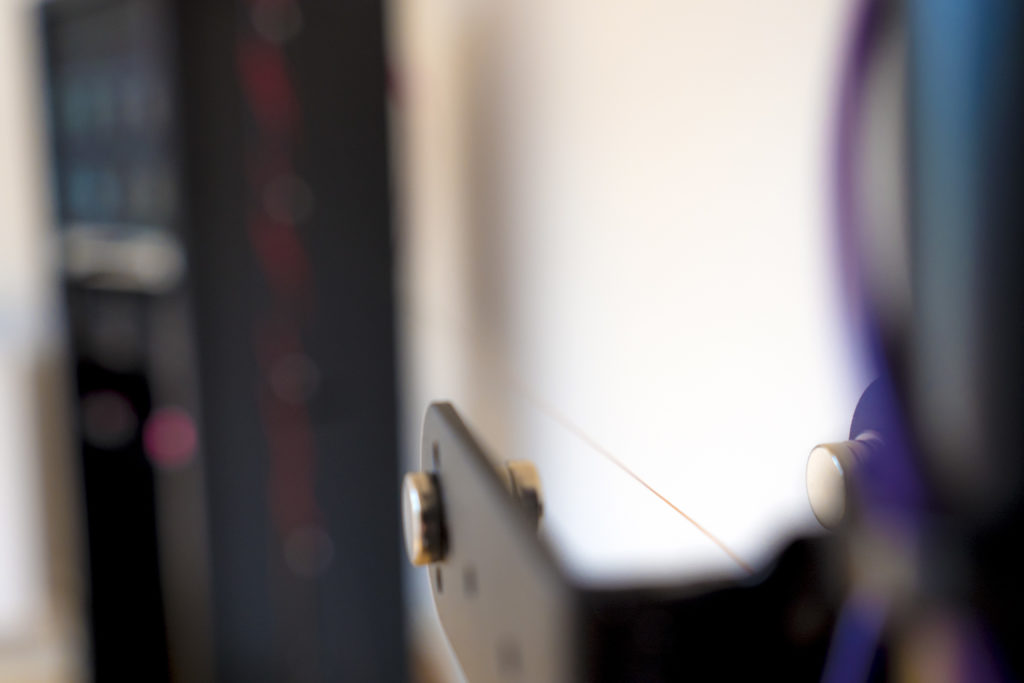
How does it work?
Memory Line is a multimedia installation broken into three narrative chapters based on the memories of women in computing, the lives and relationships between men and women in computing, and the earliest memories of veteran computing engineers and what makes them tick.
Technically the work comprises five Raspberry Pi microcomputers, each outputting electrical, audiovisual signals and data. The microcomputers output signal to four nickel wires spooled out across a project rack, which mimic the memory technology used on the replica machine. Low voltage soundwaves are pulsed through the wires, as the microcomputers boot load each chapter. We literally see the soundwave vibrate across the wire as the memories for each chapter are loaded into the system.
Within the 19” rack units are eight small monitors and four loudspeakers which display video material loaded in each chapter section. An additional loudspeaker plays back the boot-load soundwave from the wire directly.
The work operates on a memory cycle of 27 minutes 02 seconds.
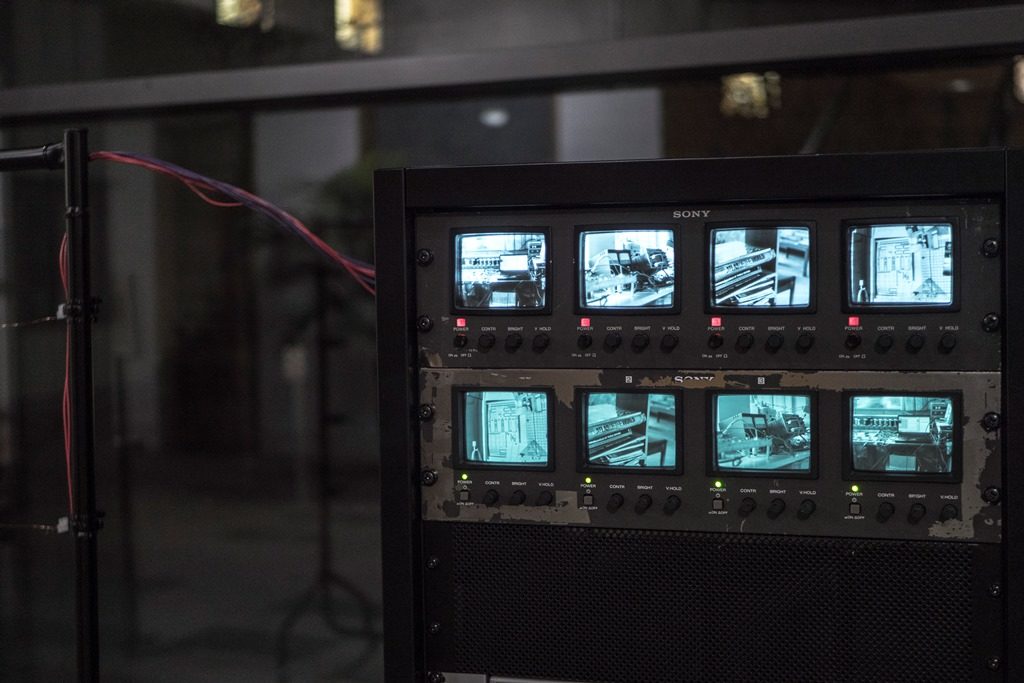
Contributions
Exhibitions
Festival of Ideas, The Computer Laboratory, University of Cambridge, Cambridge, UK (2018)
MK Central Library, MK Festival Fringe, Milton Keynes, UK (2018)
Acknowledgements
Memory Line is a multimedia artwork created by the artist Matt Parker with support from Arts Council England, The National Museum of Computing at Bletchley Park, The EDSAC Replica Project charitable trust and the London College of Communication, UAL.
Camera work by Bella Riza.
